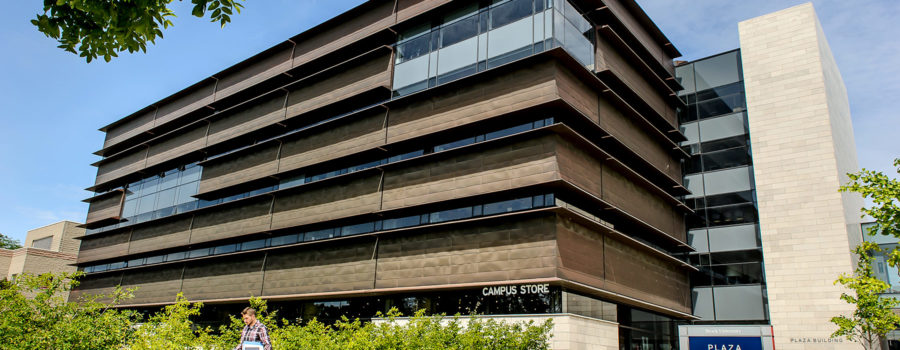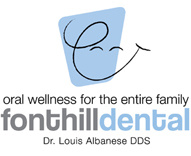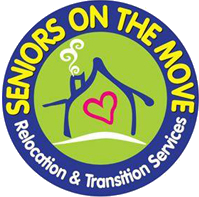While we spend a majority of our time indoors, we might not consider the environmental impact and sustainability of the buildings where we are spending all of that time. In previous posts, we discussed the potential that green buildings and green infrastructure have to increase sustainability in the Niagara Region. In today’s post, we’ll explore several popular building sustainability certifications.
 LEED – ‘Leadership in Energy and Environmental Design’
LEED – ‘Leadership in Energy and Environmental Design’
LEED is internationally recognized and one of the most widely used building rating systems in the world. Here in Canada, it is administered by the Canada Green Building Council (CaGBC). The LEED certification is holistic in nature and assesses the sustainability of buildings according to these criteria: water efficiency, energy efficiency, material selection, indoor environmental quality, innovation in design and sustainable site development.
Buildings are evaluated using a tiered point system to score green building design and construction out of 100 points. The more points awarded, the higher the level of certification. There are four levels of certification: Certified (40-49 points), Silver (50-59 points) , Gold (60-69 points) and Platinum (80-89 points). The Plaza Building at Brock University, for example, has been certified LEED Silver.
The LEED certification has been instrumental in creating cost efficient and environmentally sustainable buildings in communities worldwide. LEED-certified buildings have been proven to be healthier for people, and a range of buildings and projects—from local apartment buildings to university campuses—can become certified. The Rogers Place arena in Edmonton, for example, became the first National Hockey League (NHL) facility in Canada
to achieve a LEED Silver certification.
 LBC – ‘Living Building Challenge’
LBC – ‘Living Building Challenge’
A living building is defined as a structure that can produce its own energy, capture and treat all of its own water and operate efficiently while being aesthetically appealing. LBC was conceptualized and launched by the International Living Future Institute (ILFI), which was founded in Seattle, Washington in 2006. It is also regarded as one of the most advanced and comprehensive green building certifications in the world.
LBC examines whether buildings can function like plants—maintaining self-sufficiency
and giving more than they take. To complete the LBC certification process, a builder must meet standards in seven focus areas, called “petals”. These are: materials (regenerative and non-toxic), health (good interior air quality and natural light), a sense of place (develops a relationship with nature), water conservation, energy efficiency (produces 105% more energy than consumed), equity/accessibility and beauty.
Once builders achieve the standards in all seven petals (demonstrated through performance data over a period of 12 consecutive months), the ILFI awards a Full Living Building certification. An example is the Bill Fisch Forest Stewardship and Education Centre in Whitchurch-Stouffville, Ontario, which is the first LBC certified building in Canada.
LEED and LBC rating systems have promising potential to contribute towards boosting Niagara’s local economy and lending momentum to climate change mitigation and adaptation programs in the future.
The researchers involved with the MEOPAR project are working to raise awareness about the impacts of climate change and how communities can effectively adapt, and increase resilience, to these changes. Follow along with our blog every week (written by researchers Liette Vasseur, Meredith DeCock, Bradley May, Pulkit Garg, Sam Gauthier and Jocelyn Baker) to learn more about the project and how you can get involved. You can also visit our website at brocku.ca/unesco-chair or email us at meopar-lincoln@brocku.ca
Captions:
Bill Fisch Forest:
The Bill Fisch Forest Stewardship and Education Centre in York Region, ON is a LEED ‘Platinum’ and LBC certified building
Plaza:
The Plaza Building at Brock University, St. Catharines, Niagara Region, ON is an example of a LEED ‘Silver’ Certified Building
Ball’s Falls
The Ball’s Falls Conservation Centre in Lincoln, Niagara Region, ON is an example of a LEED ‘Gold’ Certified Building
 Back to myNiagaraOnline
Back to myNiagaraOnline
































